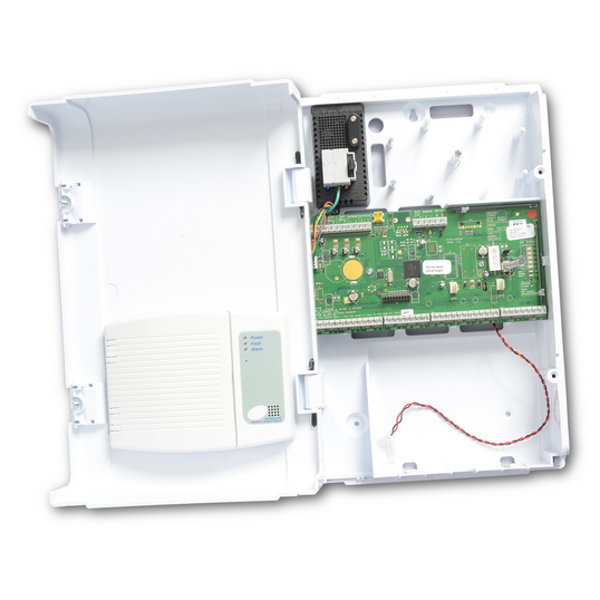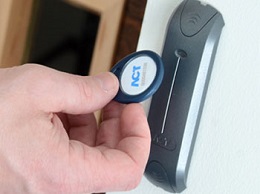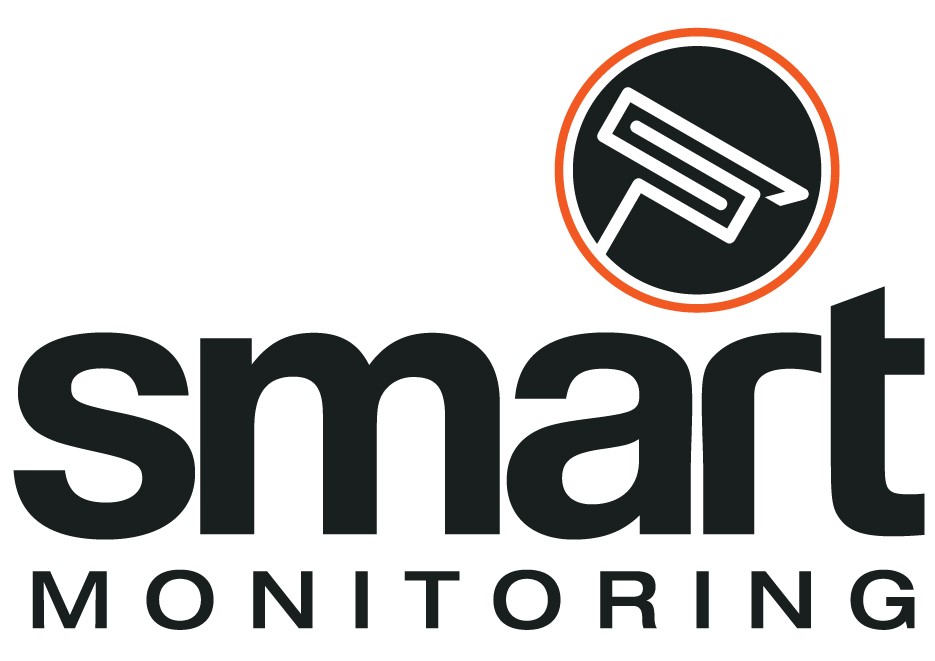Intruder Alarm Systems (IAS) can vary in size from small domestic alarm systems to large commercial/industrial complexes. However the principal on which systems operate are the same with one purpose to detect intrusion through te perimeter, or motion within a protected space
That intrusion detection sets in motion a chain of events which will generate an alert for the system triggering an audible alert and/or sending an alert to a central monitoring station who will contact the gardaí.
The type of hardware required as part of an intruder alarm system will depend on the type of premises and level of risk. Total Technology Solutions provides each customer a one – to one security assessment to discuss their individual needs.
Intruder alarm systems fall into three categories:
- wired system
- Wireless system
- Hybrid System (A combination of both wired and wireless)
Provided your premises is already pre-wired for an alarm, wired alarm systems tend to be less expensive than wireless systems. However, this may not be true if your premises requires wiring for an alarm. Most wireless systems operate using batteries which need to be changed every 3-4 years and transmit signals via a secure radio frequency.
Within each category of alarm (wired or wireless) there are two further types of system:
- Audible-only system
- Remotely monitored system
An audible-only alarm operates by sounding a siren or bell when the alarm is activated, and relies on the noise the alarm makes to deter burglars and alert owners to the fact that a robbery is being attempted.
Remotely monitored systems can be audible or silent, but are connected to the outside world via a phone line. This is normally achieved through a landline or GSM unit a mobile network). They send a signal to an alarm receiving centre (ARC) which informs you or a nominated keyholder(s) and/or the Gardaí (once verified – activation of at least two devices) that the alarm has been activated.
A standard alarm consists of components that either provides;
- Perimeter protection
- Trap protection (motion detection)
- A combination of both (this would be the most typical installation).
Learn more here on different types of protection
Types of Alarm Systems
There are two main types of alarm systems which are either domestic or commercial intruder alarm systems
Domestic Alarm Systems
Burglar alarms fall into two main categories: ‘wired’ and ‘wireless’ systems. Provided your house is already prewired for an alarm, wired alarm systems tend to be less expensive than wireless systems. However, this may not hold true if your home requires wiring. Most new houses will be already set up with the appropriate wiring in place for an intruder alarm. On the other hand, all wireless systems operate using batteries which need to be changed every few years and transmit signals via a secure radio frequency.
There are three further types of systems available: audible-only, self - monitored or remotely monitored. An audible-only alarm operates by sounding a siren when the alarm is activated, and relies on the noise to deter burglars and attract attention to the fact that a robbery is being attempted. Remotely monitored systems are connected to a monitoring station via a landline but can also be a mobile network. Remotely monitored systems also emit the sound of a siren when activated; they additionally send a signal to a central monitoring station which notifies a nominated keyholder and/or the Gardaí that the alarm has been activated.
There is no ‘one size fits all’ strategy when it comes to installing a house alarm, this all depends on each individuals circumstances. A individual security assessment is carried out on case by case bases free of charge
Commercial Alarm Systems
Like domestic systems, burglar alarms fall into two main categories: wired and wireless systems. Wired alarm systems tend to be less expensive than wireless systems. However, this may not be the case if your business premises require wiring. Most wireless systems operate using batteries which need to be changed every few years and transmit signals via a secure radio frequency.
All insurance companies will require a certified monitored intruder alarm system be installed. Also they will require the intruder alarm system to be serviced on an annual basis by a qualified service engineer. Remotely monitored systems are connected to a monitoring station via a landline but can also be a mobile network. Remotely monitored systems also emit the sound of a siren when activated; they additionally send a signal to a central monitoring station which notifies a nominated keyholder and/or the Gardaí that the alarm has been activated.
There is no ‘one size fits all’ strategy when it comes to installing a house alarm, this all depends on each individuals circumstances. A individual security assessment is carried out on case by case bases free of charge
Components of Intruder Alarms
These are the main components that make up an Intruder Alarm System
Main Panel |
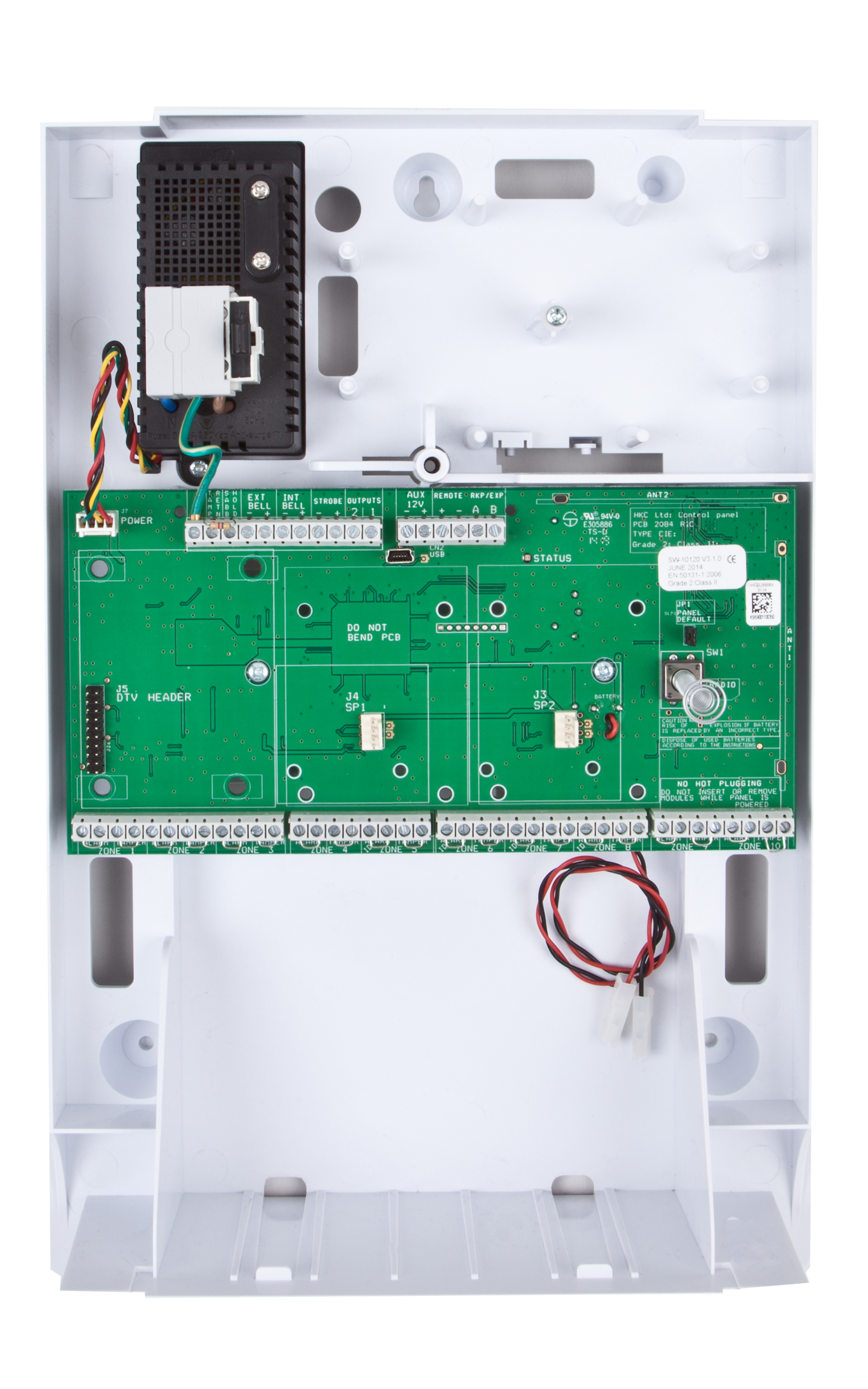 |
Standard for all intruder alarm systems, the main panel with its power supply, is the brains of the system and links all components off the system, including GSM or telephone line for monitoring. The panels can communicate with a complete suite of devices including PIR’s, Sensors, Magnetic Contacts, Keypads, Panic Buttons, Key-fobs, Smoke Detectors, Internal and External Sirens and connect, both Wired and “Wireless” devices. | ||
Keypad |
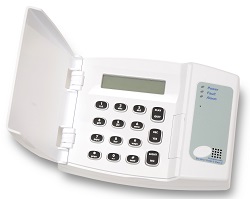 |
A remote keypad provides the user the facility to interact with the intruder alarm system. It allows the user to set and unset the alarm, and review the log of events within the system. The keypad consists of audio arming and message functions along with text displays to indicate the status of the system | ||
External SABB |
 |
The intruder alarm system will consist of an External SABB to draw immediate attention to an intrusion taking place. When the alarm is triggered, the Siren will flash with a high intensity LED and emit a very loud electronic sound externally for 15 minutes repeated for a number of cycles | ||
Internal Echo |
 |
When the alarm is triggered the internal Siren or Echo will emit a very loud electronic sound internally for 15 minutes. repeated for a number of cycles |
||
PIR Sensor |
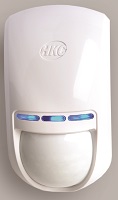 |
A PIR detects movement in a protected area. All objects emit IR energy to varying degrees. The PIR device is designed to effectively detect sudden changes in infra-red radiation with devices engineered to focus on human detection and remove false activations. The range is typically 12 to 15 meters. All PIR's can be fitted with pet friendly lenses to deduce false alarms from pets. |
||
Contact/Shock Sensor |
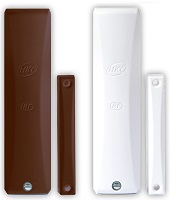 |
Used on windows and entry/exit route doors. Designed to activate before an intruder has gained access to the premises. The shock sensor will detect and analyse the vibrations or excessive impulses resembling those similar to those expected in an attempted intrusion. The sensor can cover a span of 4m2. They also detect intrusion and trigger the alarm if the door or window is forces openSensors come in either white or brown. |
Optional Extras
Panic Button
|
Keyfob |
Proximety Tag
|
||
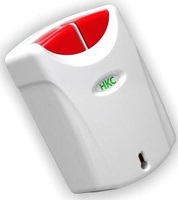 |
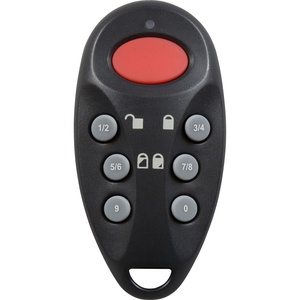 |
 |
||
|
This double push panic RF panic button is aesthetically pleasing and compatible with all HKC wirefree and hybrid panels. It has a latching function are easy to install. Allows the user to send a silent alarm to a central monitoring allowing gardaí to be dispatched without the intruders knowledge |
A very useful device for the end user to control their alarm system. Similar in size to an average car key-fob the RF Fob delivers a range of features from arming your system to raising a duress alarm. |
A proximity tag used to Set / Unset the security system. | ||
CO Detector
|
Heat Detector
|
Smoke Detector
|
||
 |
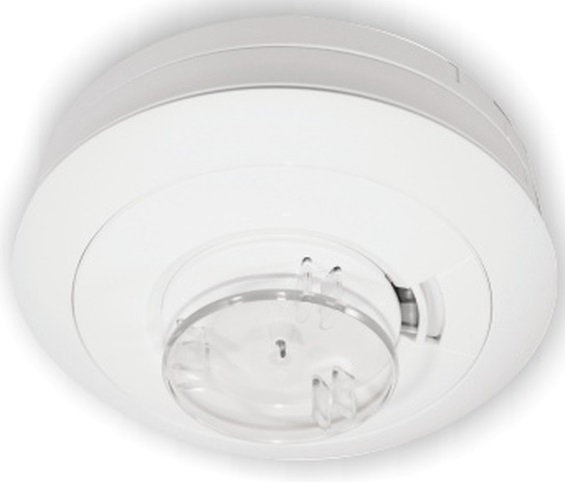 |
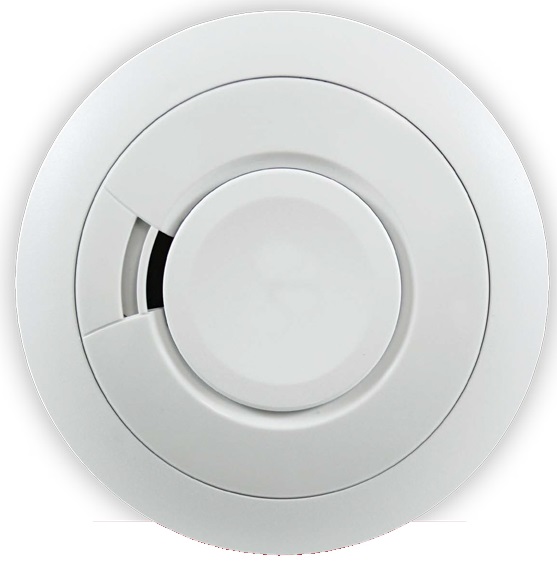 |
||
| The RF Carbon Monoxide Detector is ideal for installation in any room that contains a fuel burning appliance, particularly rooms where people spend a lot of time e.g. sitting rooms. It communicates wirelessly to the control panel. It triggers the internal siren aswell as its own independent siren. |
The Heat Detector is ideal for kitchens, garages, boiler houses and other areas where there are normally high levels of fumes, smoke or dust. It communicates wirelessly to the control panel. It triggers the internal siren aswell as its own independent siren. Can also send a signal to remote monitoring station alerting them of fire allowing fire service to be dispatched remotely |
The Smoke Detector is an optical smoke alarm using the light scatter principle, giving a quick response to all standard fire types It communicates wirelessly to the control panel. It triggers the internal siren aswell as its own independent siren. Can also send a signal to remote monitoring station alerting them of fire allowing fire service to be dispatched remotely |

